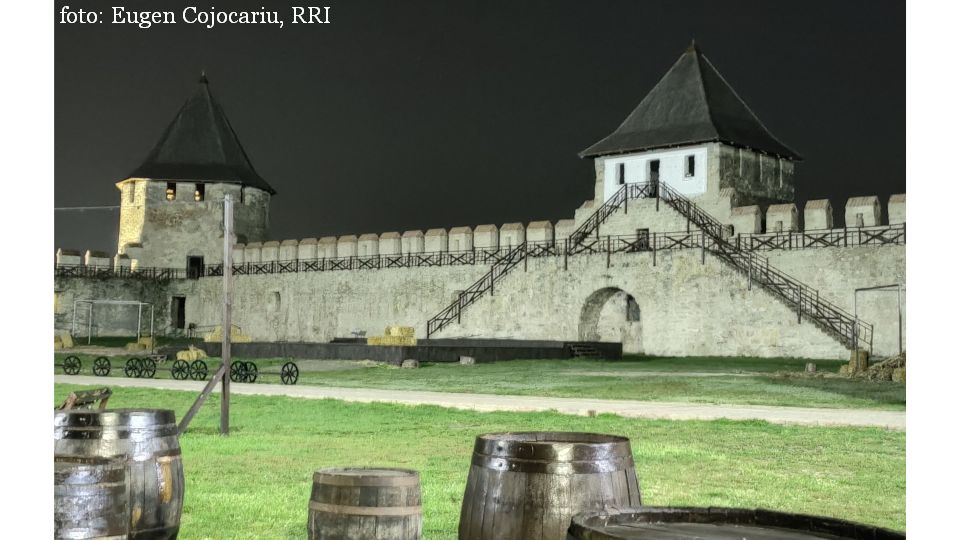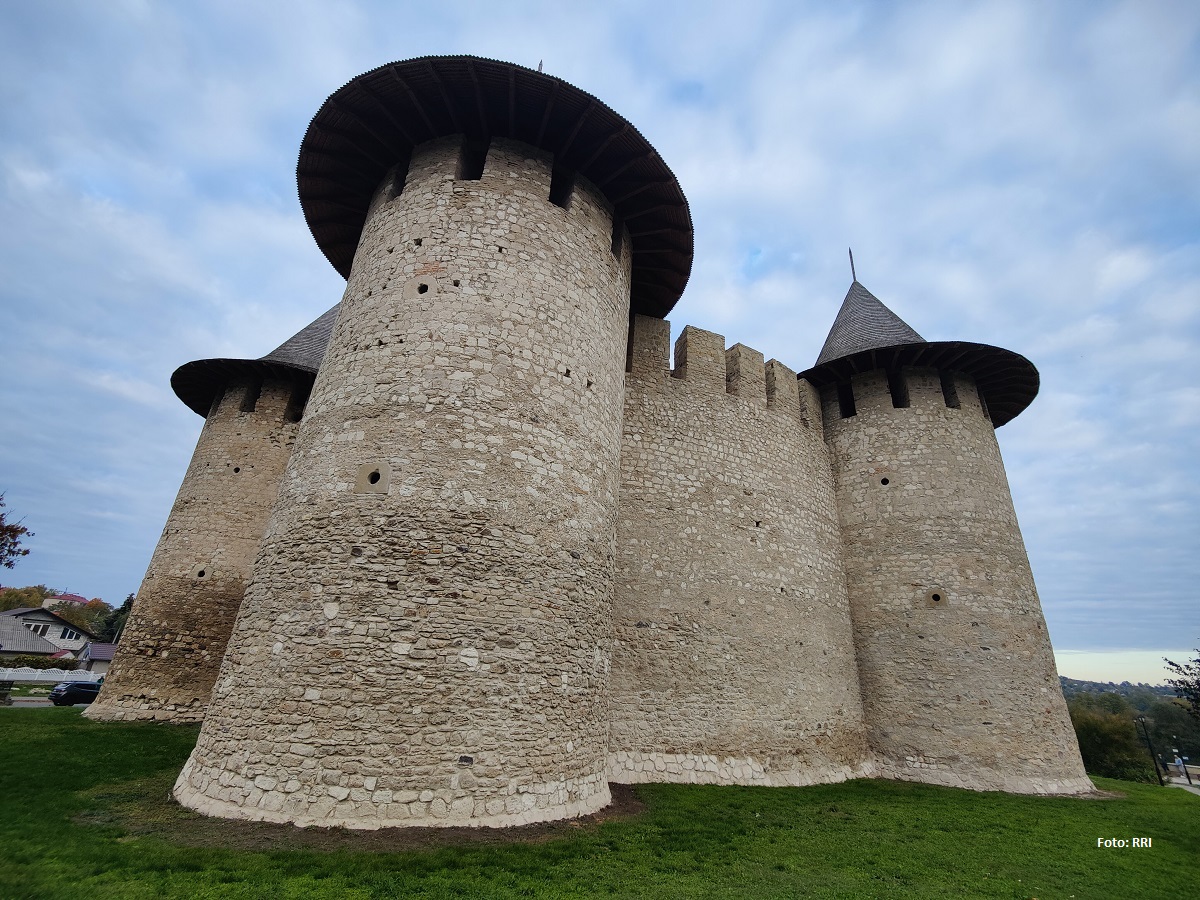The Danube and the European identity
Mentioned in the earliest writings of Greek and Roman authors, the river Danube is one of the few common elements binding several European nations: the Germans, the Austrians, the Slovaks, the Hungarians, the Croatians, the Serbs, the Romanians, the Bulga

Steliu Lambru, 11.10.2014, 14:34
Proof of this connection is the fact that all the nations bordering the Danube use a variation of the Latin name for the Danube, Danubius: Donau in German, Duna in Hungarian, Dunav in Croatian, Serbian and Bulgarian, Dunaj in Slovakian and Ukrainian and Dunare in Romanian. In ancient Greek literature, the name for the lower Danube, which was closer to Greece, was Istros. The Turkish name is Tuna and the Turks also referred to it as “Ghazi water,” because many Ottoman fighters drowned in it as their armies were defeated.
The History of the Romanians is strongly linked to the Danube, as seen in the writings of ancient historians such as Herodotus, Strabo, Diodorus of Sicily, Cassius Dio and Jordanes. To defeat the warring Geto-Dacians, the Roman emperor Trajan built a bridge across the Danube in Drobeta, which he used to transport his troops in the war of 105-106 AD.
In the Middle Ages, the Danube was a natural border that was hard to cross by the migratory people coming from Asia and heading south to Byzantium. The Ottoman expansion to Europe also crossed the Danube. First rejected in Belgrade, on the Danube, by the crusader armies led by John Hunyadi in 1456, the Turks won the battle of Mohacs, on the right bank of the Danube, in 1526. In 1687, also in Mohacs, the Turks were defeated by the Austrian armies of Emperor Leopold I, which was the beginning of the end for the Ottomans’ control of the Lower Danube basin.
Almost one-third of the Danube’s length is on what is today Romanian territory. The economy of the Romanian historical principalities of Wallachia and Moldavia, in particular trade and the transport, were strongly influenced by the river. In the Middle Ages, the Byzantine Empire possessed a powerful river military fleet, and trade was mainly conducted by the Genovese and the Venetians. The Danube Delta and the places where the Danube flows into the Black Sea were strategic sites, so the Byzantines and the Genovese built the fortress of Enisala on the bank of Razelm Lake, not far from the Sfantu Gheorghe branch of the Danube.
The Danube was the main commercial route on water used by the Romanian people. They transported grains, fish, salt and manufactured goods, and later also oil products, all the way to Budapest and Vienna from the Danube ports.
The Danube was granted the status of international river in the middle of the 19th century. Russia had already shown a geo-political interest in the Danube and the Balkans as early as the middle of the 18th century. The demand of the western powers, in particular Great Britain, for cereals produced in the Romanian Principalities led to the cancellation of the Corn Laws, which paved the way for the import of grains. The cereals produced in the Romanian Principalities could reach Great Britain faster via the Danube and the Rhine, but the Danube was under Russian and Ottoman control.
The European Commission of the Danube was eventually created after the Crimean War waged by a coalition made up of France, England and the Ottoman Empire against Russia between 1853 and 1855. Based in Galati, in eastern Romania, this was the first pan-European body to decide the Danube became a free navigation channel and an international water route. The Commission ruled that the Danube was to be drained on a regular basis, while the river’s minimum depth increased from 3.66 to 5.48 m. As a result, Sulina became a very important place, turning from a village into a cosmopolitan town. The Danube itself acquired added European importance at this point in history, contributing to the development of modern European identity.
The Romanian bank of the Danube has been home to many landmarks of European culture and identity. Some have unfortunately been lost, such as Ada Kaleh island. This small Danube island, inhabited mostly by a Turkish population, was submerged during building works for the Iron Gates hydroelectric plant in 1970. Other such landmarks or traces thereof still remain, such as the foot of the Drobeta bridge built by Emperor Trajan, the Iron Gates power plant, the bridges between Calafat and Vidin and between Giurgiu and Russe, the ruins of the Turkish fortresses in Turnu, Giurgiu and Braila, the nuclear power plant in Cernavoda and the Danube-Black Sea canal.






























